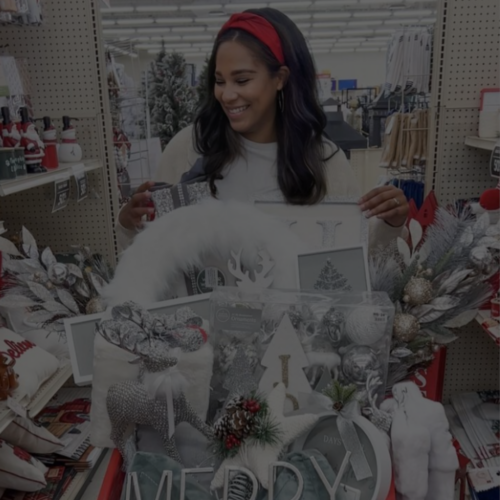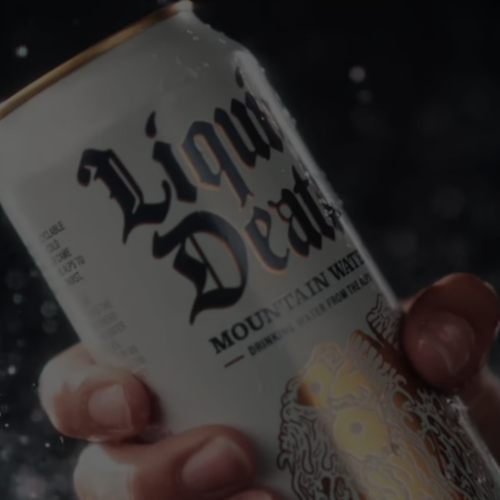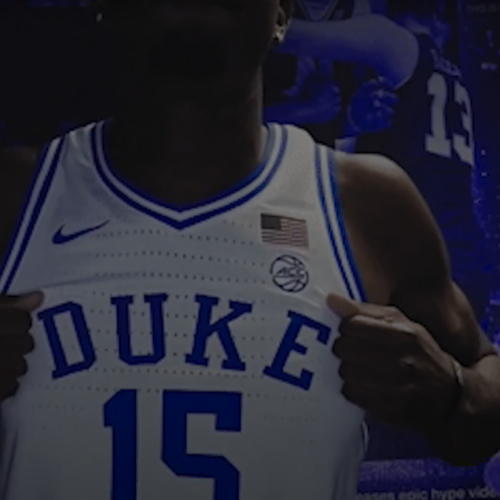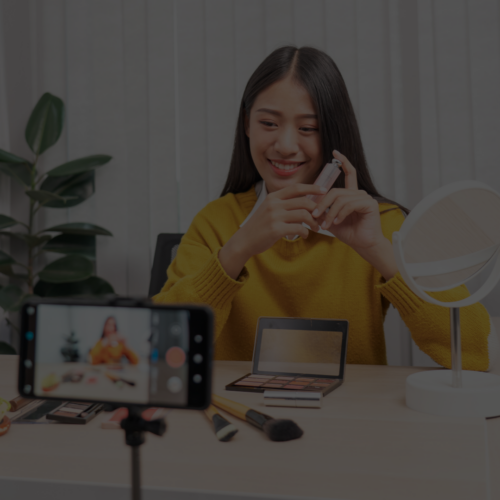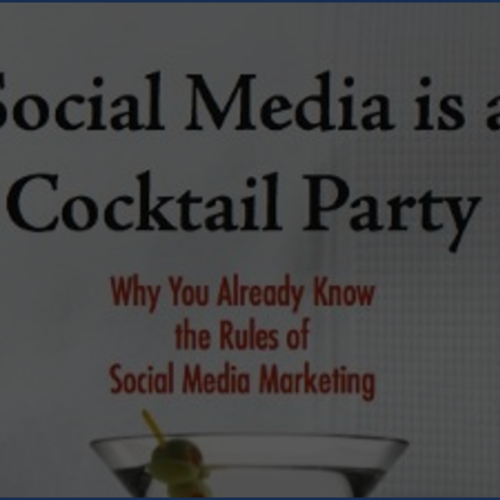23 Apr Filter For Good Campaign Gets Social
Recently I stumbled across the microsite for the “Filter For Good” campaign, which is a collaboration by Brita and Nalgene to convince people to stop buying bottled water. Well, I didn’t stumble across it, exactly. There was an ad on Pandora’s website pointing me in the right direction, and the same day a few other people in the office also found it in the same manner.

The site initially caught my eye because I noticed they had placed a content aggregation widget on their landing page, which led me to be curious about what other social media tools they were employing. Here’s a brief survey of what I found:
Pledge
- Centrally located on the landing page is a pledge to use
filtered water. You have to register with your email
address in order to sign the pledge, but once you have,
you are given either a $1 coupon for a Brita filter, or
a $5 coupon for a Brita pitcher.
- After signing the pledge, there’s a link that lets you
email it to other people who you think might be
interested. They also post the html code for a banner
right there on the thank you page, so that you can just
copy and post it right then.
Map
- The interactive map is basically a visual representation
of the number of people in each geographic area that
have pledged to stop buying bottled water. I love this:
you just enter your zip code and little drops of water
appear with a pledge count. There’s an “add this”
function for sharing the map, but I also think this
would have made a rad widget.
Blog
- They also have a blog being written by several different
contributors. The blog posts appear to date back to
September 2008, although I found evidence that the
entire campaign has been around since 2007. I’m not sure
if this means that they tacked on some of their social
elements after the initial campaign launch, but that’s
what I’m assuming.
- The blog actually has a widget companion, however, it
isn’t an aggregation widget as I had initially thought.
It’s really just like a widgetized version of their blog
feed, which offers slightly less value to the reader. I
like the idea of aggregation widget for this campaign,
because there are a few valuable keywords they could
target, like “bottled water,” and “water filter,” both
of which are hot topics right now.
I like the fact that they thought to incorporate social elements into this because I feel like it’s exactly the type of campaign that can really benefit from offering social tools to its impassioned target demo. And there are a lot of fun elements of this campaign to play with. For example, I would like to see them turn the counter on the landing page into a grabbable widget. Counters serve dual purposes, both as fun eye candy and effective promotional campaign tools.
I also suspect that this campaign could have benefited from taking a more holistic planning approach. The blog posts not dating back to the campaign start make me think that social media was tacked on afterward, which is what Lisa calls “social media as a condiment.”
The layout of information on the website is a bit difficult to follow, which also strikes me as a planning issue. I had to get pretty deep into the website before I discovered that you can set up email reminders for when it’s time to change your Brita filter. That’s brilliant! I would definitely capitalize on that instead of attempting to use the little stickers that go on the side of my pitcher that my cats inevitably peel off and chew up. That’s a feature I wish they’d put front-and-center.
Overall, I think this campaign has interesting and solid social elements to it, with room for improvement as well. I look forward to the day that all campaigns plan ways to get their PR machines to support social media campaigns, instead of only vice-versa.


